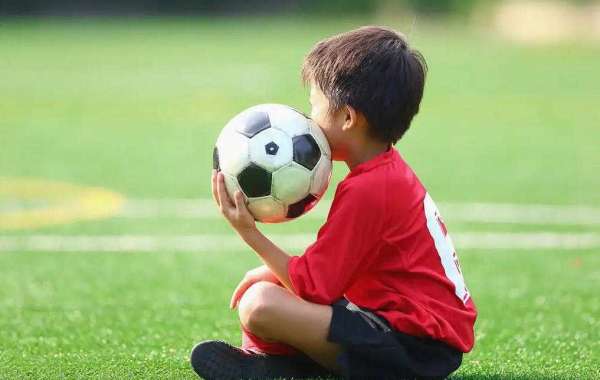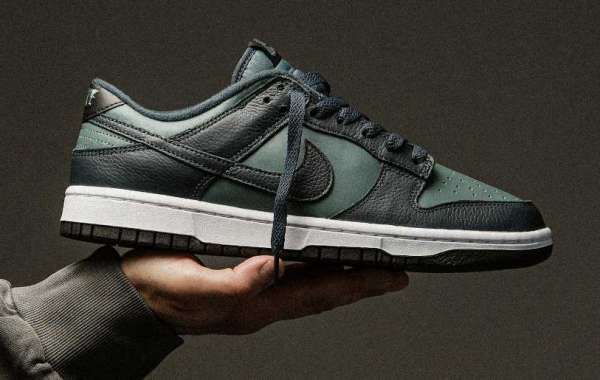Suggestions for Planting Seedlings in Containers Outside
Perfect Ground
Selecting the appropriate soil is vital for healthy seed growth in containers outdoors. It's best to select a premium, well-draining potting blend geared specifically for container cultivation. This medium will offer the optimal balance of hydration and aeration for the seeds to sprout and flourish. Regular garden earth should be shunned as it can be overly compact and might house weeds or pests. Adding compost into the potting mix is an effective way to supply additional nutrients to the growing seeds.
Key takeaways:
Opt for a premium, well-draining potting blend.
Avoid regular garden earth.
Mix in compost into the potting mix.
It is essential to properly hydrate the seeds after preparing the potting mix. Seeds planted in outdoor containers need to be kept at a steady moisture level, avoiding being oversaturated.
Gentle frequent or alternate day watering is recommended, especially so during periods of heat and dryness. Making sure the container has sufficient drainage is essential to prevent water buildup, which can result in seed decay.
The best time to begin sowing seeds in outdoor containers depends according to the type of seeds. Usually, it is safe to commence planting after the final frost date in your locality.
Refer to the seed packet for specific instructions on when to plant.
In the beginning, no fertilizer is required for seed germination. Nonetheless, after the appearance of the first set of true leaves, begin applying a dilute, balanced liquid fertilizer every two weeks or every month to promote robust development.
Repurposing old containers for seed planting is possible. Ensure they are properly cleaned and sanitized to remove any remaining pests, diseases, or mildew.
Scrubbing with a solution of bleach (1 part bleach to 9 parts water) followed by a thorough rinse can guarantee cleanliness.
Seed Planting Depth Recommendations
The planting depth in containers usually ranges from 1/8 inch to 1 inch, based on the seed size. In general, seeds should be sown at a depth about two to three times their diameter.
Make sure to refer to the seed packet for precise depth directions.
The light requirements during seed germination differ by plant species. The majority of seeds need at least 6 hours of direct sunlight daily.
Nevertheless, some shade-adapted varieties might need less, while others may require up to 8 hours or more per day. Always verify the specific light needs for the seeds you are planting to ensure successful germination.
Sprouting Issues
Several elements may hinder seed germination. Typical problems include wrong watering, inadequate planting depth, unsuitable climate conditions, subpar or aged seeds, and lack of lighting.
Providing optimal conditions and adhering to seed packet instructions can enhance germination success.
References:
Understanding the Different Types of Plant Pots Sleeves for Growing Plants at Home








